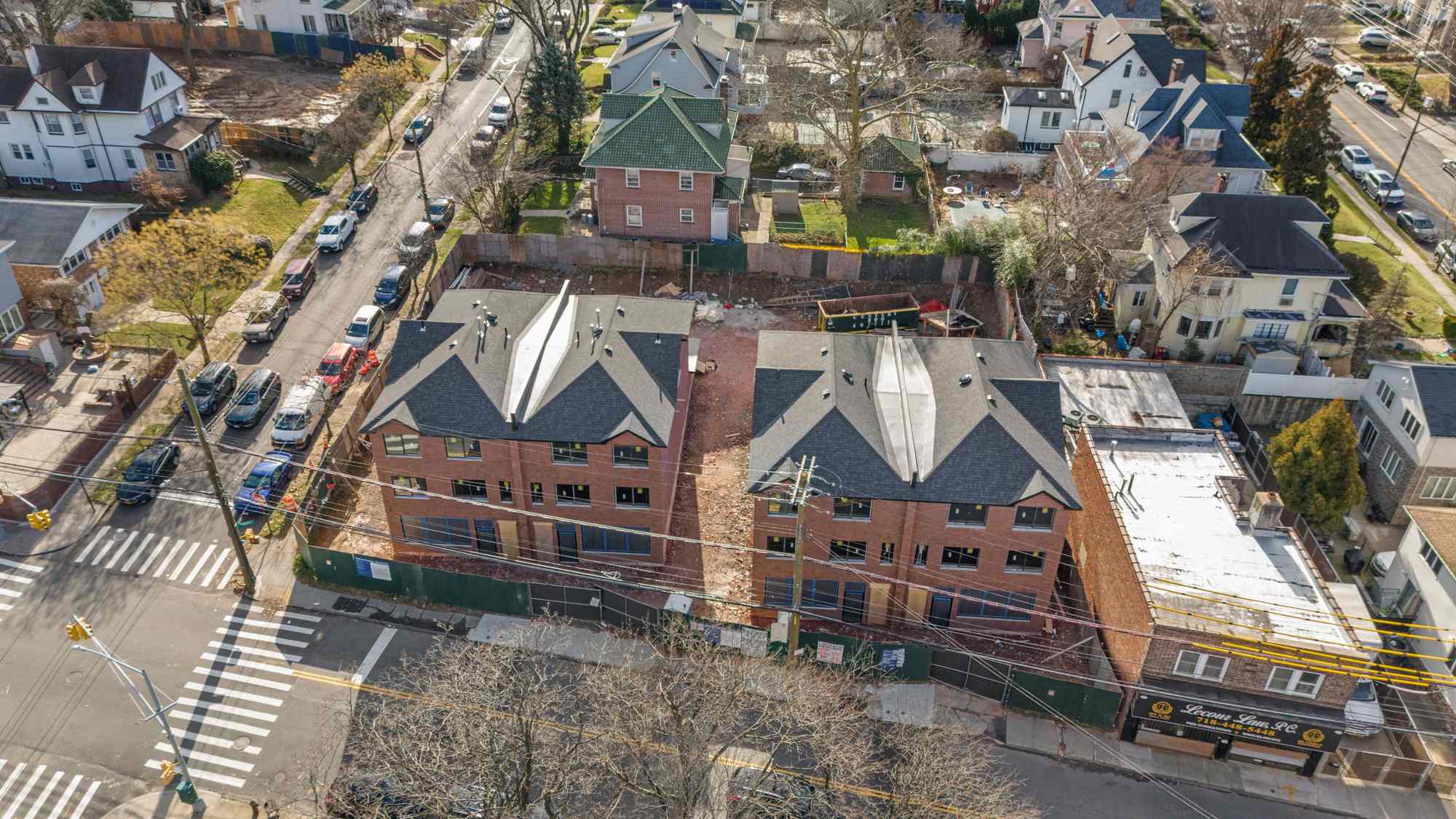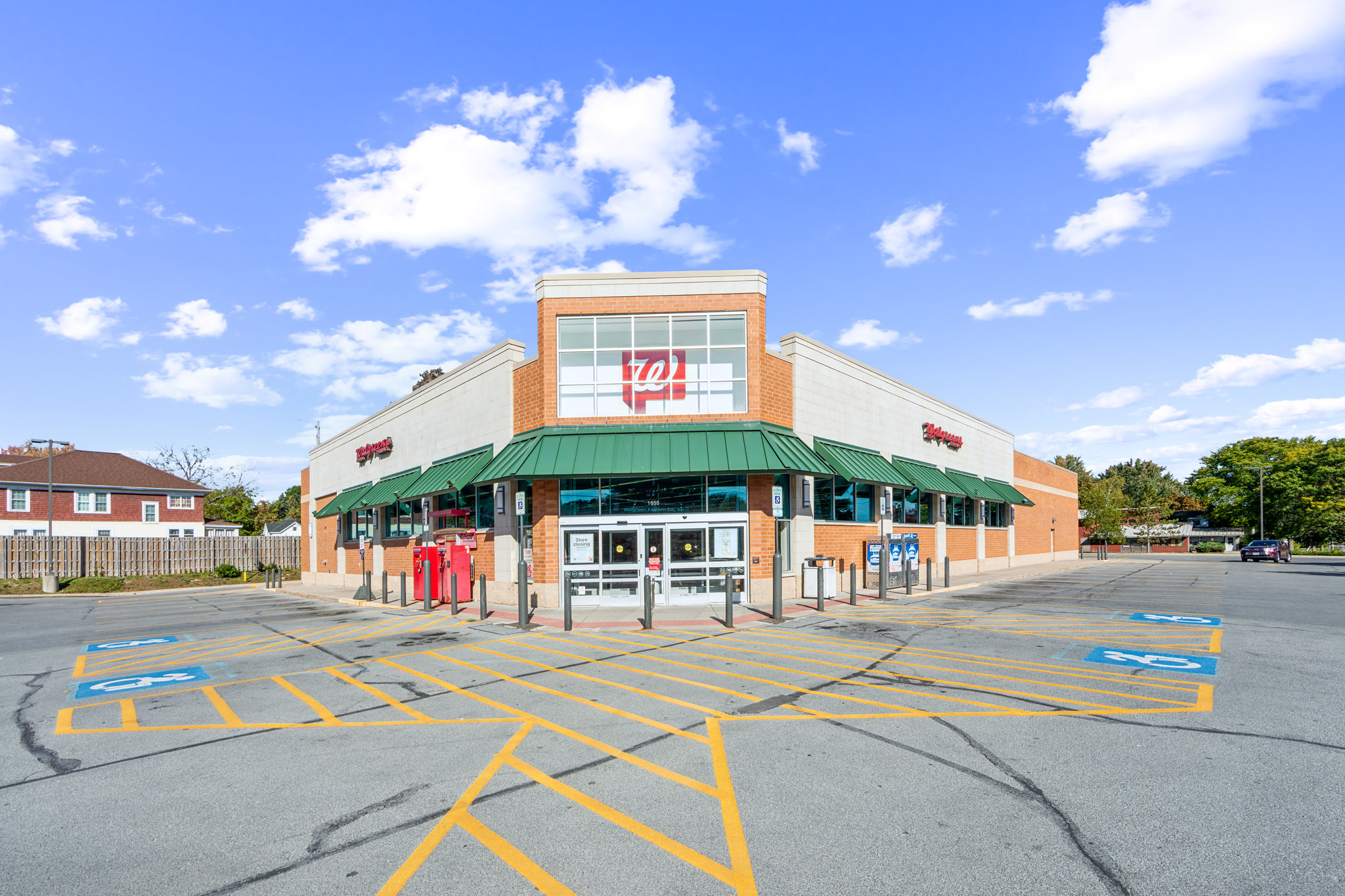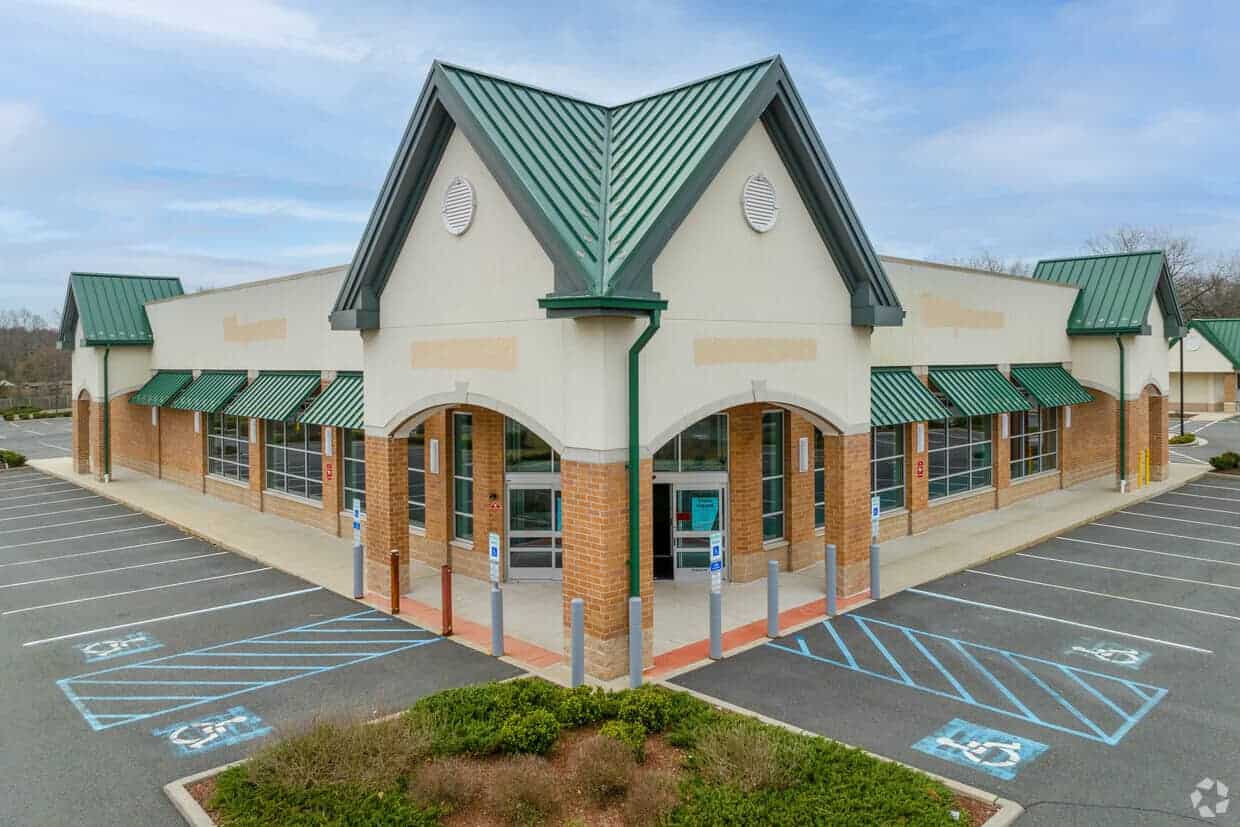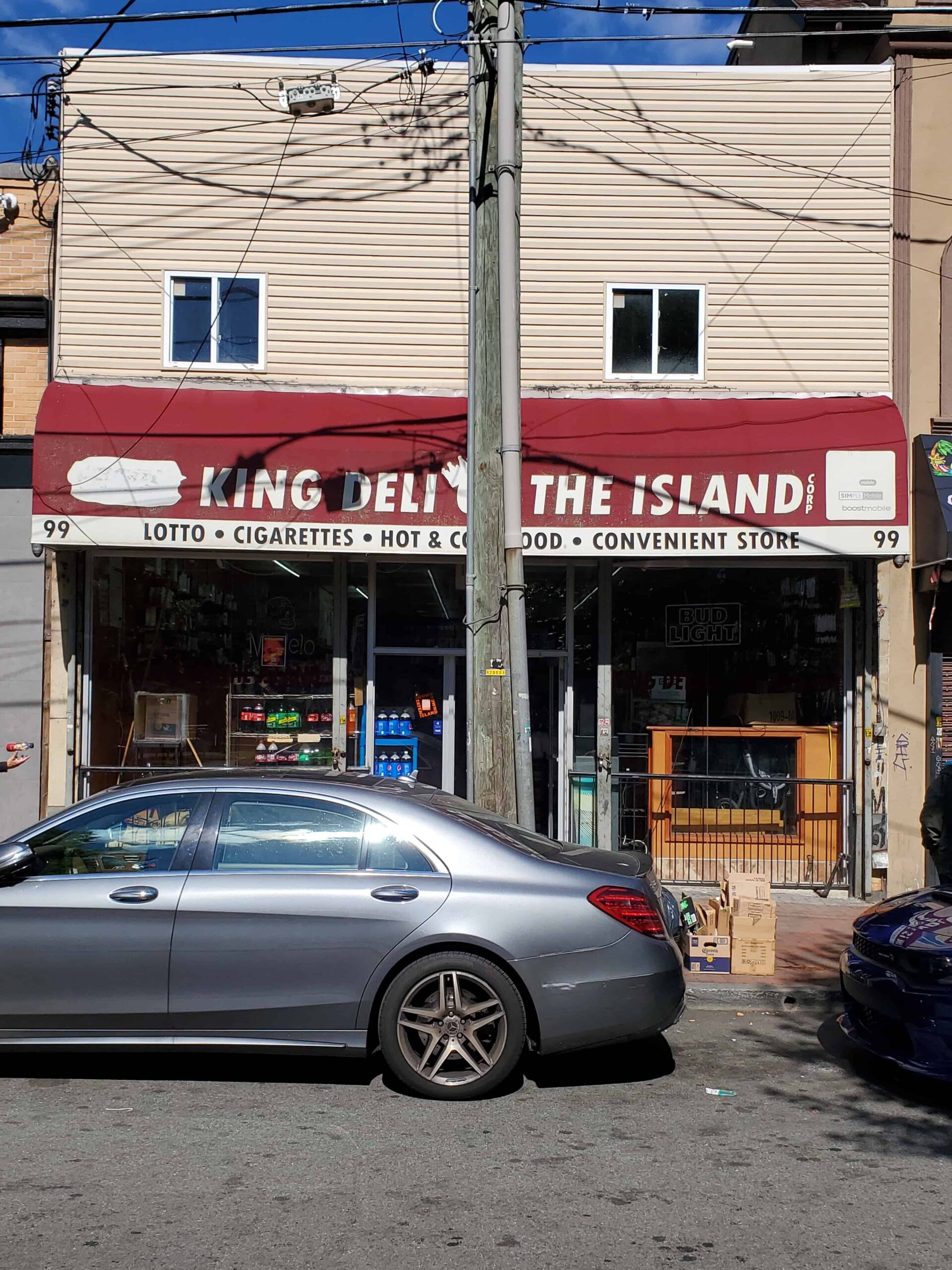Active Solar Houses Explained
Houses with solar panels that trap and store the sun’s energy are called active solar houses. These renewable energy systems are extremely popular in certain states. So many businesses and households use them in China that it’s by far the most solar-powered nation on earth.
The solar panels can be placed on your rooftop or on a ground-mounted system, both of which have inverters that turn the DC to AC. A large system has the potential to provide a household with almost all of the daily power that it needs.
In California, for example, the average house uses 19 kWh of energy. Adapting some energy conservation methods, which we’ll talk about next, we could get this number down to 10, which is about what a system would be able to cover.
The amount of energy that these panels are able to retain depends a lot on angles and weather patterns.
Passive Solar Houses Explained
Passive solar housing plans use the architecture of the house to reduce the amount of energy that is required in different seasons.
If you’re building the house from scratch, you can use energy-efficient design methods to build an efficient home. When you’re remodeling, this becomes a bit more difficult. You’ll first have to do a home energy audit so that you can prioritize the areas of greatest need and remodel them first.
The way that a passive solar home works is through the collecting of heat using large sun-facing windows. This heat is retained by “thermal mass,” which can be concrete, brick, stone, or tile. The energy stored in the thermal mass is then distributed through radiation, conduction, and convection to the rest of the house.
Using passive solar house design can greatly reduce the amount of energy that a household uses. The energy that’s still required can easily be generated by a solar panel, meaning, houses designed in this way with an added solar panel can be completely energy efficient.
Making the Most of the Sun
To make the most of the sun’s energy, you need to orient your solar panels perfectly. This, of course, differs based on where you live, the climate, and the season, so you may need to alter their position from time to time.
Unfortunately, if your solar panels are on your roof, that’s going to be near impossible. A ground-mounted system makes it feasible, but they require you to have extra space on your property.
Panels that tilt automatically, for what it’s worth, are capable of receiving 10% more energy in the winter and 40% more energy in the summer than fixed ones.
If you live in the southern hemisphere, your panels should always tilt true north, and if you live in the northern hemisphere, they should tilt true south. This will give your fixed panels the optimal amount of sunlight at all times.
Another option is to go with a portable solar panel, which allows you to position the solar cells wherever you can get the most sunlight. Take a quick visit to https://PoweredPortableSolar.com and you’ll be able to see a wide selection of these units at a more affordable price point than a full-scale solar panel installation.
Solar Housing Plans
To get the best solar housing plan in place, you’ve got to optimize your sunlight in the right areas. If you’re in Colorado, you will need a large window that retains extraordinary amounts of sunlight in the cooler months, providing you with maximum heat gain and, of course, minimal heat gain in the summer.
Then, you’ll need to build your house with large amounts of thermal mass and insulation in mind. These things will work in conjunction with your strategically placed windows to give you the heating and cooling effect that you desire.
Your solar housing plan depends greatly on where you live, so you’ll have to do research on your climate and track the sun’s path during different times of the year. Once you’ve done this, you can account for the rest of the energy that you need to live with either a built-in solar panel or a portable one.
Solar panels are sold on a per-watt-basis with the average price being about $2.90 per watt. Installing a 7.5 KW panel costs roughly $20,000, which is why many still remain skeptical. However, many have reported a break-even point of 3-7 years for their solar panels, depending on energy costs.
While the cost of building a solar house and installing a solar panel on your property is high, you end up saving a lot of money on energy. As the cost of solar panels continues to plummet, many are realizing that it’s not just the planet they’re saving, it’s their own money.
You Won’t Regret Going Solar
Now that you’ve got a better idea of how to make solar housing plans, you can get to work on designing your energy-efficient, solar-powered home. The benefits of solar energy are too many to ignore, so ignoring them at this point would be doing yourself a disservice.
Start pricing out your solar unit today.
Did you find this post helpful? Come back and visit us again for more on residential and commercial real estate, sustainable housing, and house listings in Staten Island.







Leave a Comment